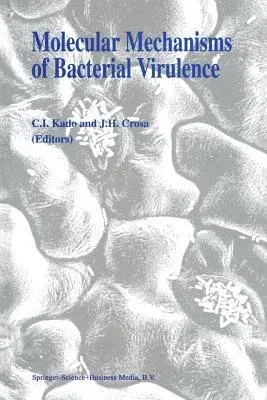Molecular Mechanisms of Bacterial Virulence (Softcover Reprint of the Original 1st 1994)Paperback - Softcover Reprint of the Original 1st 1994, 28 January 2012

Qty
1
Turbo
Ships in 2 - 3 days
In Stock
Free Delivery
Cash on Delivery
15 Days
Free Returns
Secure Checkout

Part of Series
Developments in Plant Pathology
Print Length
672 pages
Language
English
Publisher
Springer
Date Published
28 Jan 2012
ISBN-10
9401043221
ISBN-13
9789401043229
Description
Product Details
Book Edition:
Softcover Reprint of the Original 1st 1994
Book Format:
Paperback
Country of Origin:
NL
Date Published:
28 January 2012
Dimensions:
23.39 x
15.6 x
3.58 cm
Genre:
Ecology
ISBN-10:
9401043221
ISBN-13:
9789401043229
Language:
English
Location:
Dordrecht
Pages:
672
Publisher:
Weight:
970.69 gm